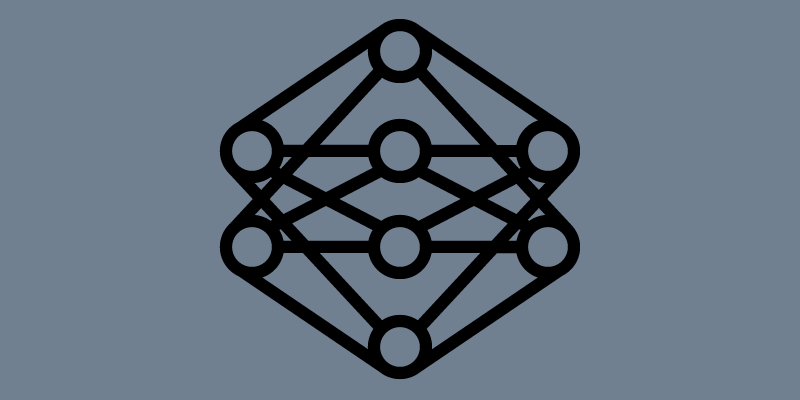Unveiling the Structure within Neural Networks
In the evolving landscape of artificial intelligence, neural networks stand as a cornerstone of innovation. These intricate systems, inspired by the complexity of the human brain, have redefined how we approach tasks like image recognition, language processing, and decision-making. Central to the functioning of neural networks are the remarkable building blocks known as artificial neurons. In this article, we will discuss the structural blueprint of artificial neurons, exploring their components, interactions, and vital role in the field of deep learning.
Anatomy of an Artificial Neuron
At the nucleus of neural networks lies the artificial neuron, a digital counterpart of the biological neuron that powers human cognition. An artificial neuron captures, processes, and propagates information, enabling the network to learn and make predictions. To comprehend the essence of artificial neurons, let’s delve into their core components:
- Inputs: An artificial neuron receives inputs from multiple sources. Each input corresponds to a feature or attribute in the data being processed. These inputs carry information that the neuron integrates to make a decision
- Weights: Weights play a pivotal role in adjusting the importance of each input. By assigning specific weights to inputs, the neuron determines the contribution of each feature to the final output. During training, these weights are fine-tuned to optimize the neuron’s performance
- Bias: A bias term is added to the weighted sum of inputs. This bias allows the neuron to capture patterns that might not be apparent from the input data alone. It introduces a level of flexibility, enhancing the neuron’s ability to learn complex relationships
- Summation Function: The weighted inputs, along with the bias, are aggregated using a summation function. This aggregation forms the basis for the neuron’s decision-making process. The output of this step represents the total input that the neuron receives
- Activation Function: The heart of the artificial neuron is the activation function. This non-linear function transforms the total input into the neuron’s output. The choice of activation function significantly influences the neuron’s behavior, allowing it to capture intricate patterns and relationships in the data
- Output: The output of the activation function is the neuron’s final response. It encapsulates the neuron’s decision based on the input data and the network’s learned parameters. This output is then passed on to other neurons in the subsequent layers of the network
Activation Functions and Decision-Making
Activation functions lie at the core of an artificial neuron’s decision-making process. These functions introduce non-linearity to the neuron’s behavior, enabling it to capture complex relationships within the data. Different activation functions offer distinct advantages and characteristics, shaping the neuron’s ability to learn and generalize:
- Sigmoid Activation: The sigmoid function maps input values to a range between 0 and 1. It is commonly used in binary classification tasks, where the output represents a probability. However, it suffers from the vanishing gradient problem, which can hinder training in deep networks
- Rectified Linear Unit (ReLU): ReLU is a widely used activation function that replaces all negative input values with zeros. This sparsity property accelerates training by mitigating the vanishing gradient issue. However, ReLU can also suffer from the “dying ReLU” problem, where neurons get stuck in an inactive state
- Leaky ReLU: Leaky ReLU addresses the “dying ReLU” issue by allowing a small gradient for negative inputs. This slight slope ensures that neurons are not entirely inactive, contributing to smoother convergence during training
- Hyperbolic Tangent (Tanh): Tanh maps inputs to a range between -1 and 1, making it zero-centered and less susceptible to the vanishing gradient poblem. It is often used in scenarios where the output range of -1 to 1 is desirable.
- Softmax Activation: Primarily used in the output layer of multi-class classification tasks, softmax converts input scores into probability distributions. It ensures that the sum of all probabilities adds up to 1, aiding in class selection
Artificial Neurons Play a Crucial Role in Learning
Artificial neurons are the building blocks that enable neural networks to grasp intricate patterns and relationships in data. By adjusting weights, biases, and activation functions, neurons fine-tune their responses to optimize performance on specific tasks. The interplay between neurons in various layers enables the network to learn and generalize from data, leading to accurate predictions and classifications.
Tailoring the Neuron’s Behavior
The selection of an appropriate activation function depends on the task and architecture of the network. Sigmoid and tanh are often used in scenarios where outputs need to be constrained within a specific range. ReLU and its variants are favored in deep networks due to their efficiency in mitigating vanishing gradients. The choice of activation function influences how quickly the network converges during training and its capacity to model complex relationships.
A Journey Through Artificial Neurons
As we negotiate the landscape of artificial neurons, we unravel the intricate mechanics that power neural networks. These remarkable units combine to form sophisticated architectures that have revolutionized machine learning and artificial intelligence. By grasping the anatomy and functionality of artificial neurons, we equip ourselves to engineer and optimize networks that excel in a multitude of tasks. The evolution of artificial neurons is an ongoing saga, as researchers and practitioners continuously explore new activation functions and architectures to push the boundaries of what neural networks can achieve.
